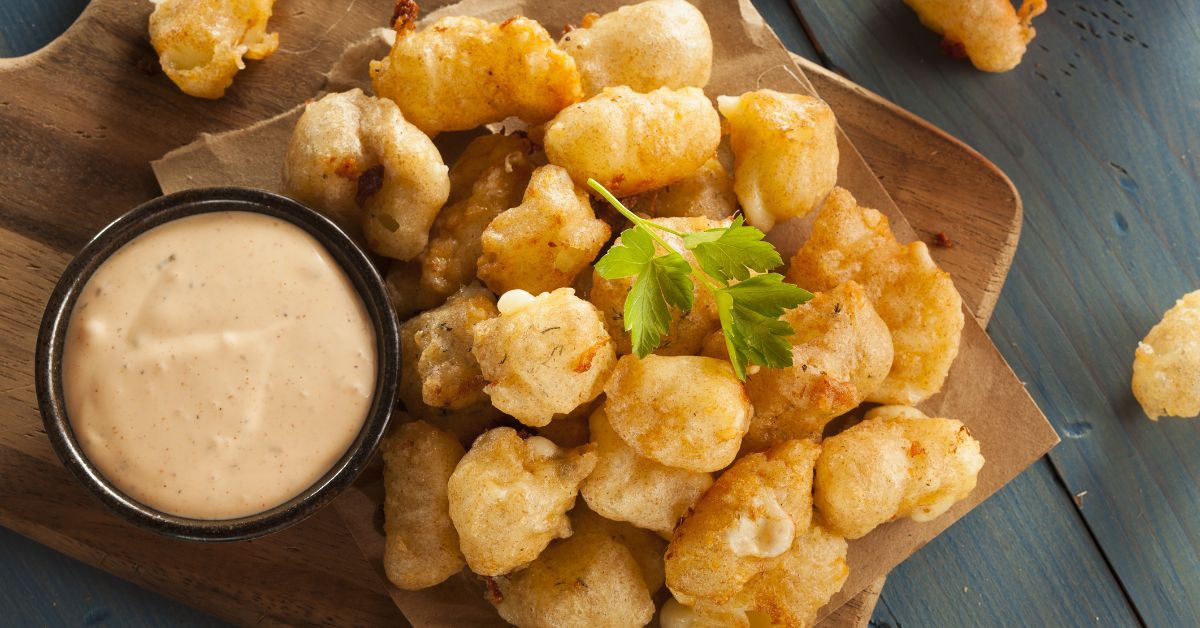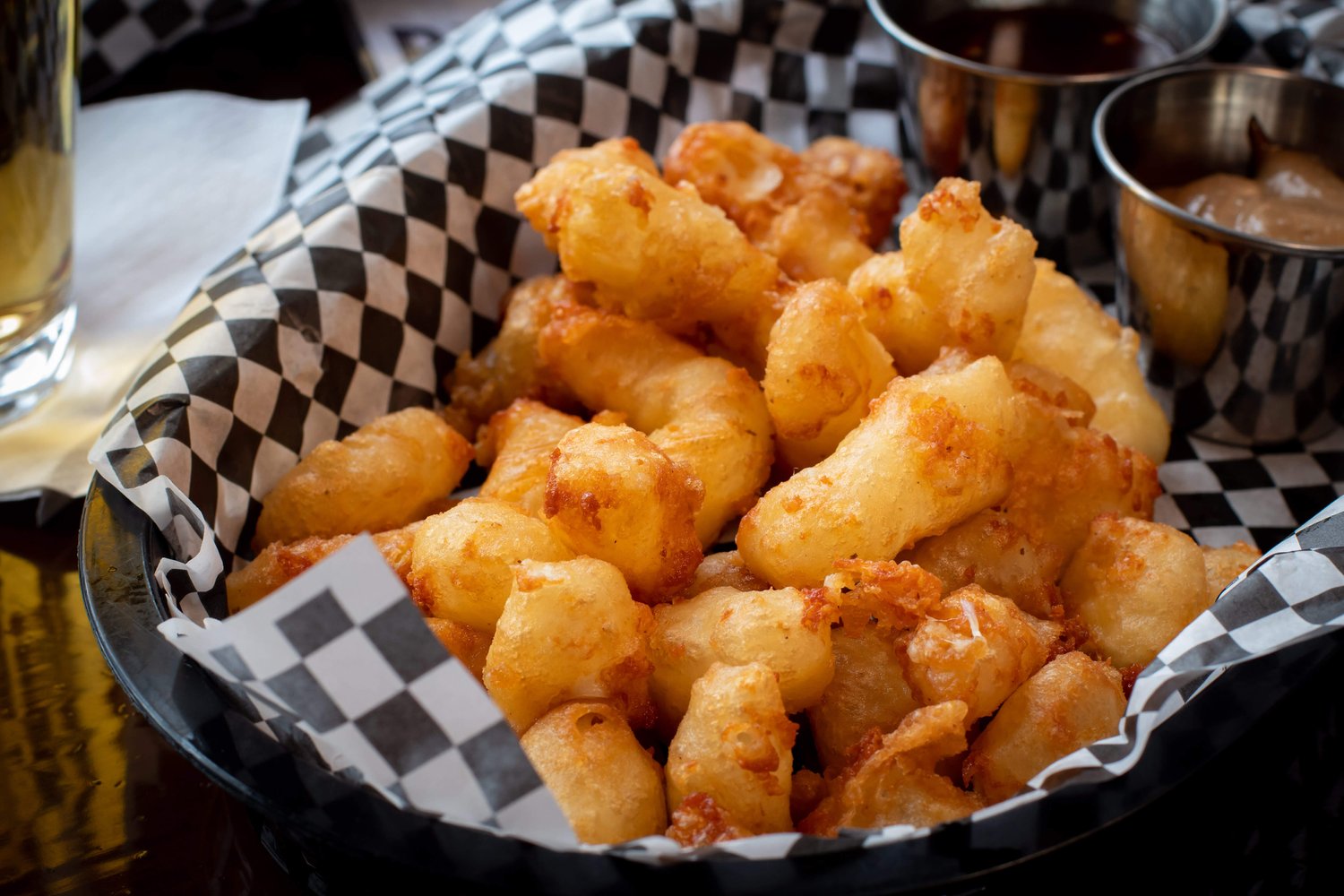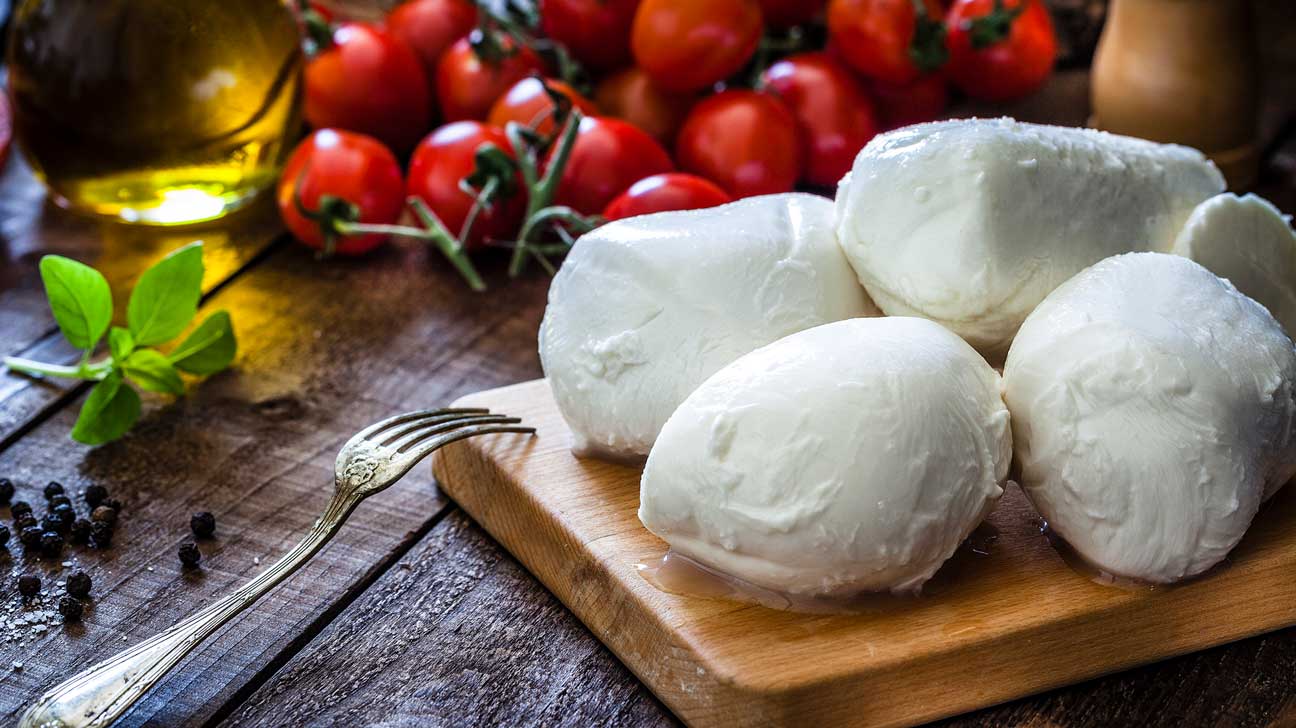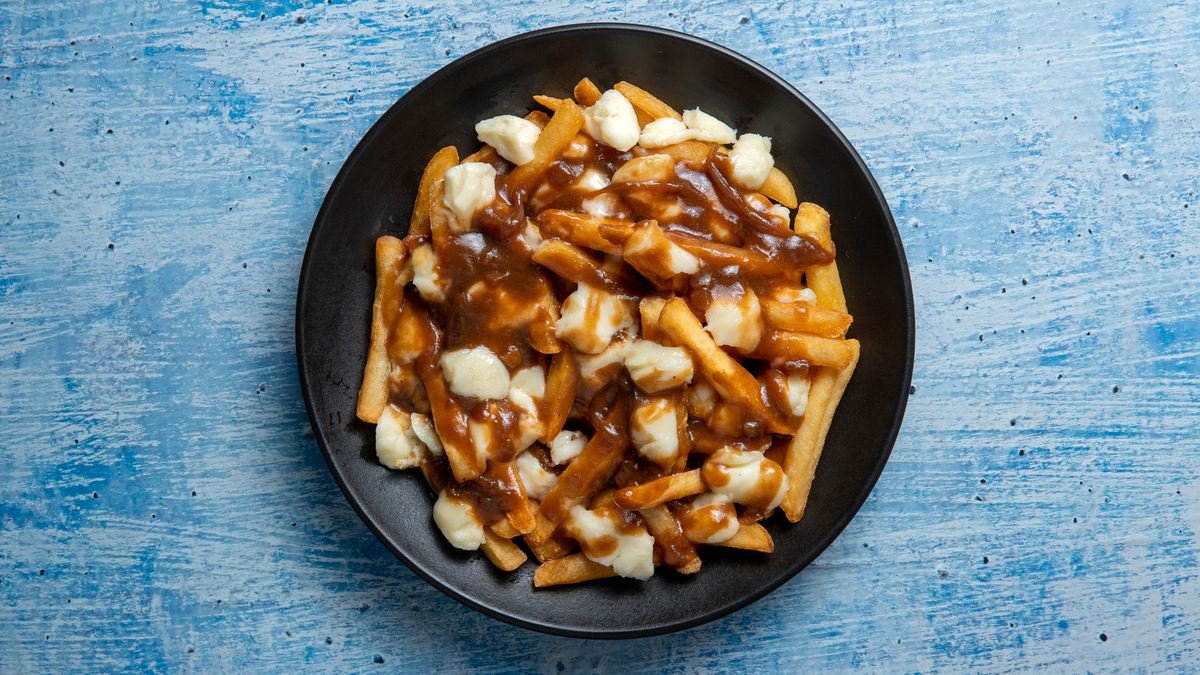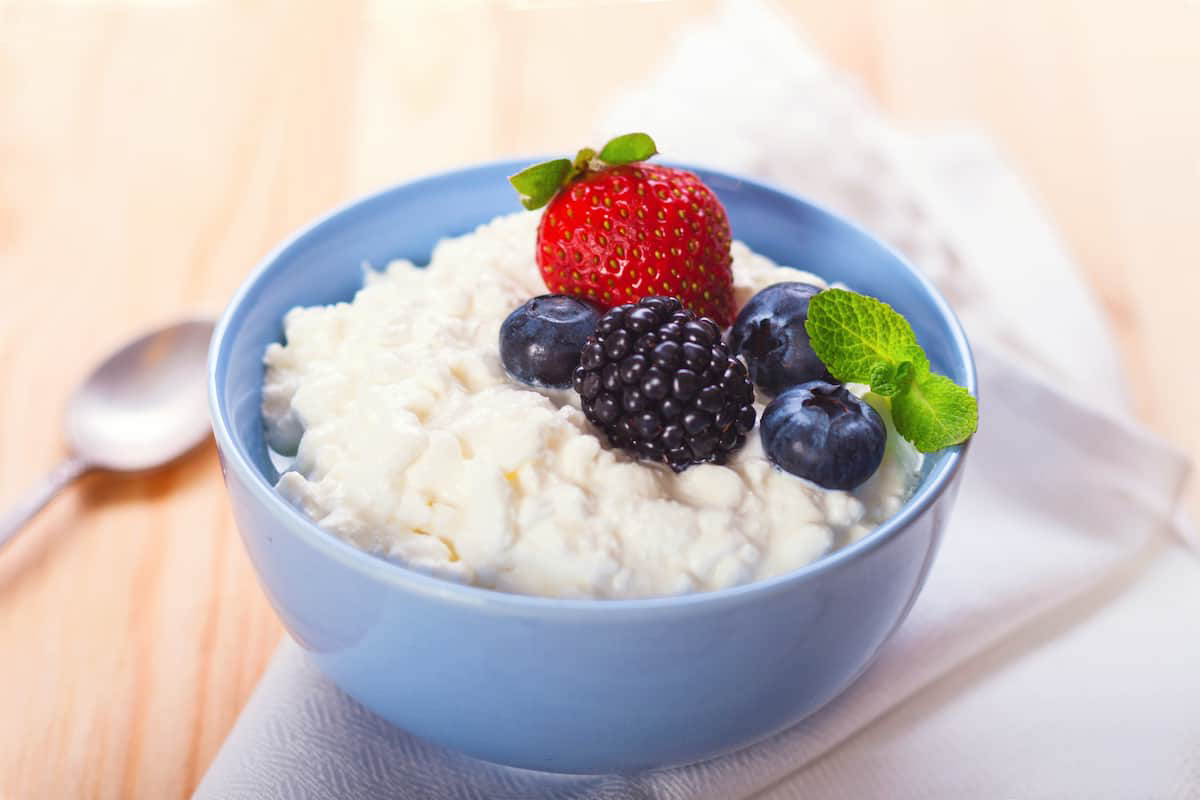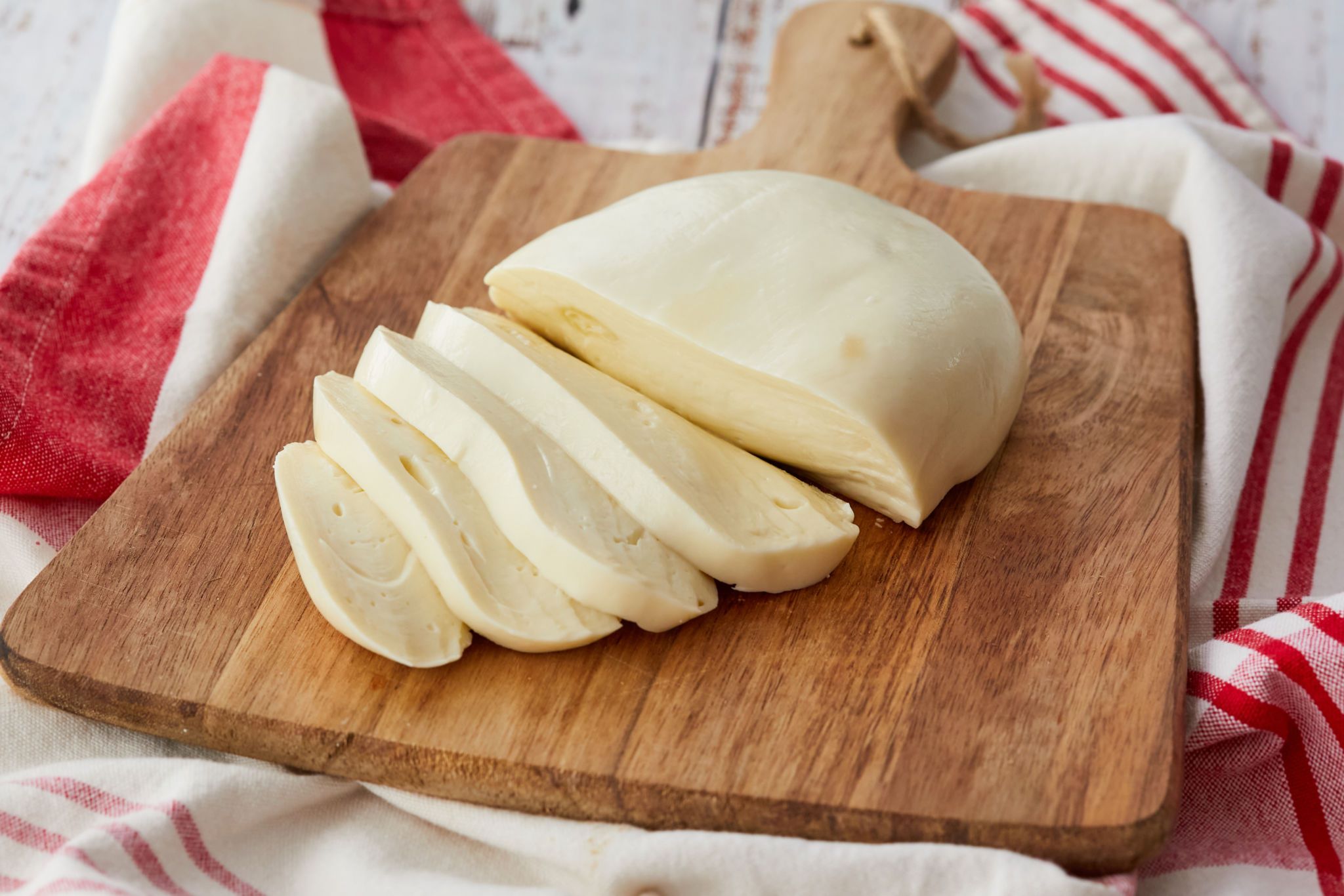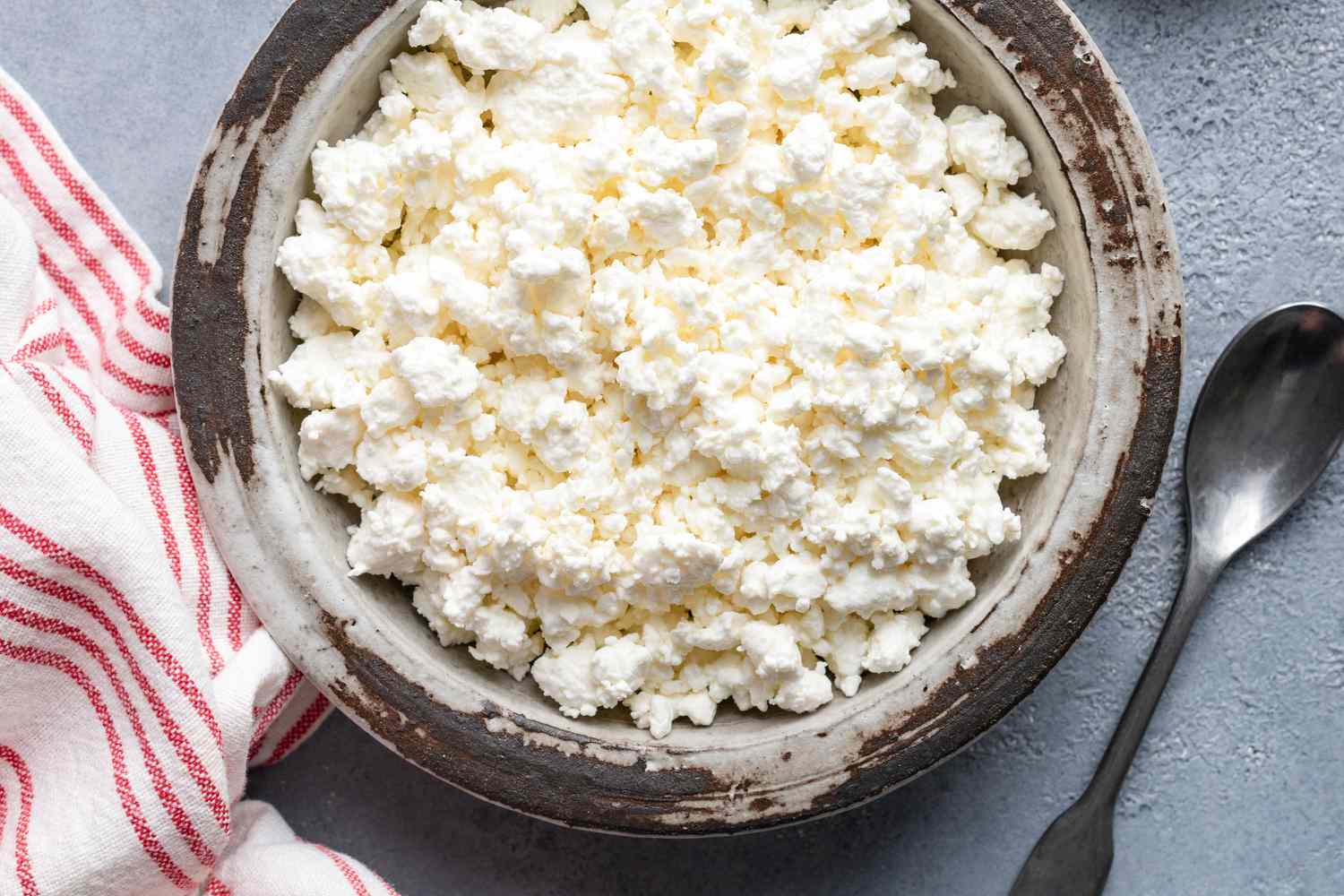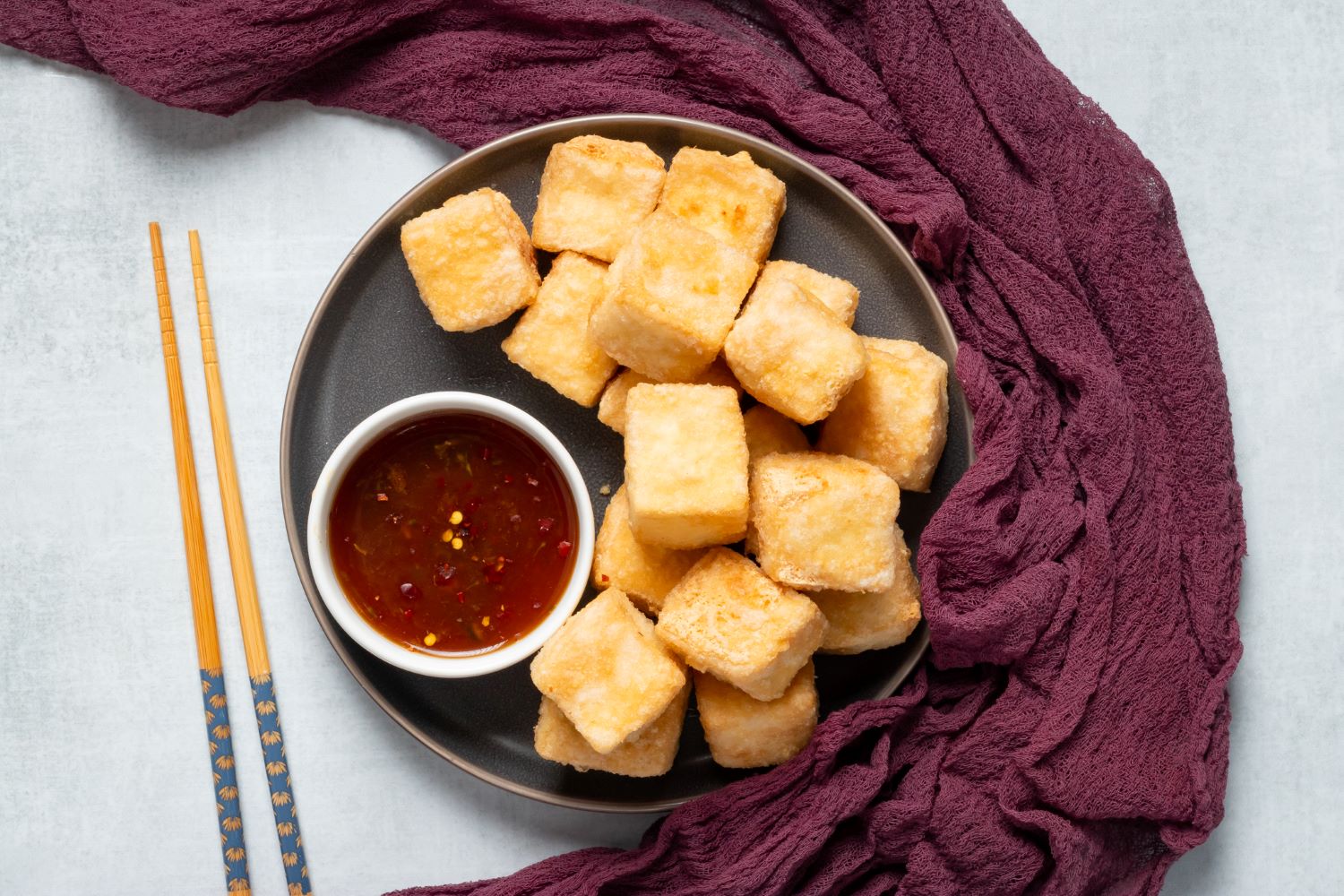Getting Started: How to Deep Fry Cheese Curds
Are you a fan of cheese curds? Have you ever wondered how to take your love for this delicious snack to the next level? Look no further, because deep frying cheese curds is the perfect way to elevate their flavor and texture. In this guide, we’ll walk you through the step-by-step process of deep frying cheese curds to crispy, golden perfection.
Ingredients You’ll Need:
Before you get started, make sure you have the following ingredients on hand:
- 1 pound of cheese curds
- 1 cup all-purpose flour
- 2 large eggs
- 1/4 cup milk
- 1 cup breadcrumbs
- Vegetable oil for frying
- Salt and pepper to taste
Step 1: Prepare the Cheese Curds
Start by setting up a breading station. In one bowl, place the flour. In another bowl, whisk together the eggs and milk. In a third bowl, place the breadcrumbs. This will create a coating for the cheese curds.
Step 2: Coat the Cheese Curds
Take a handful of cheese curds and coat them in the flour, shaking off any excess. Dip the curds into the egg mixture, allowing any excess to drip off. Finally, coat the curds in the breadcrumbs, ensuring they are fully covered.
Step 3: Heat the Oil
In a heavy-bottomed pot or deep fryer, heat the vegetable oil to 375°F. It’s important to use enough oil to fully submerge the cheese curds during frying.
Step 4: Fry the Cheese Curds
Carefully place the coated cheese curds into the hot oil, being sure not to overcrowd the pot. Fry the curds for 1-2 minutes, or until they are golden brown and crispy. Use a slotted spoon to remove the fried curds from the oil and place them on a paper towel-lined plate to drain any excess oil.
Step 5: Season and Serve
Once all the cheese curds are fried, season them with salt and pepper to taste. Serve the deep fried cheese curds immediately while they are hot and crispy. They can be enjoyed on their own or with your favorite dipping sauce.
Tips for Success:
- Make sure the oil is hot enough before adding the cheese curds to ensure they fry to perfection.
- Work in batches to avoid overcrowding the pot, which can lower the oil temperature and result in soggy curds.
- Experiment with different seasonings in the breadcrumb mixture for added flavor.
Now that you know how to deep fry cheese curds, it’s time to gather your ingredients and give it a try. Whether you’re hosting a game day gathering or simply craving a savory snack, these crispy, golden bites of goodness are sure to be a hit!
